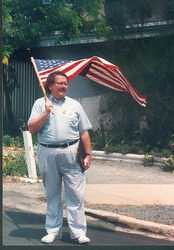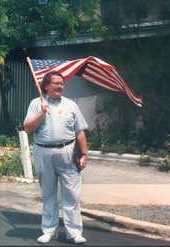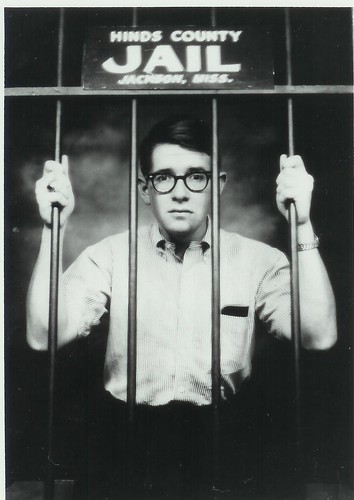Tuesday, October 1, 1991
Who votes affects public policy
The News & Observer, Oct. 1, 1991
High voter turnout areas tend to be settled neighborhoods with plenty of homeowners and families, with middle to upper incomes and home values, with higher education levels and with most adults 30 or older.
Such differences in the profile of voters have implications for public policy. Those who vote set the agenda -- and those who don't are left out.
"It would appear there's a consistent bias in terms of who does vote and whose interests are represented," said Thad Beyle, a political science professor at UNC-Chapel Hill. "The same bias occurs in terms of who runs for office and who wins."
In any election, a good portion of the people who could vote don't vote. In November, despite the closely watched U.S. Senate race between Republican incumbent Jesse A. Helms and Democratic challenger Harvey B. Gantt, less than half of the Triangle's 18-and-older population cast ballots.
In local elections, without the lure of highly publicized national and state contests, even fewer people go to the polls.
...
The needs of poor neighborhoods can be slighted when few votes come from them, said Joseph Herzenberg, a member of the Chapel Hill Town Council. Sometimes such neighborhoods find themselves host to unpopular projects, such as halfway houses for troubled teens or for the mentally ill, because middle-class activists know how to use their pull to block the projects from their own communities.
"Despite a commitment to fairness and the notion of the full participation of the entire population in the political process, it does in fact skew it toward middle and upper-middle class homeowners," he said.
...
However, a high turnout is not always in a politician's best interest.
Mr. Herzenberg said that some years ago, liberal candidates in Carrboro were able to assure electoral success by supporting public transportation. Students, who depended on the buses to get to classes, got out and voted for liberals to make sure the bus system would survive.
Conservatives, who had opposed public spending on the bus system, eventually figured out the liberal strategy and switched their position, he said. Lacking an issue to draw them to the polls, students stopped voting -- and conservatives started winning elections.
High voter turnout areas tend to be settled neighborhoods with plenty of homeowners and families, with middle to upper incomes and home values, with higher education levels and with most adults 30 or older.
Such differences in the profile of voters have implications for public policy. Those who vote set the agenda -- and those who don't are left out.
"It would appear there's a consistent bias in terms of who does vote and whose interests are represented," said Thad Beyle, a political science professor at UNC-Chapel Hill. "The same bias occurs in terms of who runs for office and who wins."
In any election, a good portion of the people who could vote don't vote. In November, despite the closely watched U.S. Senate race between Republican incumbent Jesse A. Helms and Democratic challenger Harvey B. Gantt, less than half of the Triangle's 18-and-older population cast ballots.
In local elections, without the lure of highly publicized national and state contests, even fewer people go to the polls.
...
The needs of poor neighborhoods can be slighted when few votes come from them, said Joseph Herzenberg, a member of the Chapel Hill Town Council. Sometimes such neighborhoods find themselves host to unpopular projects, such as halfway houses for troubled teens or for the mentally ill, because middle-class activists know how to use their pull to block the projects from their own communities.
"Despite a commitment to fairness and the notion of the full participation of the entire population in the political process, it does in fact skew it toward middle and upper-middle class homeowners," he said.
...
However, a high turnout is not always in a politician's best interest.
Mr. Herzenberg said that some years ago, liberal candidates in Carrboro were able to assure electoral success by supporting public transportation. Students, who depended on the buses to get to classes, got out and voted for liberals to make sure the bus system would survive.
Conservatives, who had opposed public spending on the bus system, eventually figured out the liberal strategy and switched their position, he said. Lacking an issue to draw them to the polls, students stopped voting -- and conservatives started winning elections.
Subscribe to:
Post Comments (Atom)







No comments:
Post a Comment